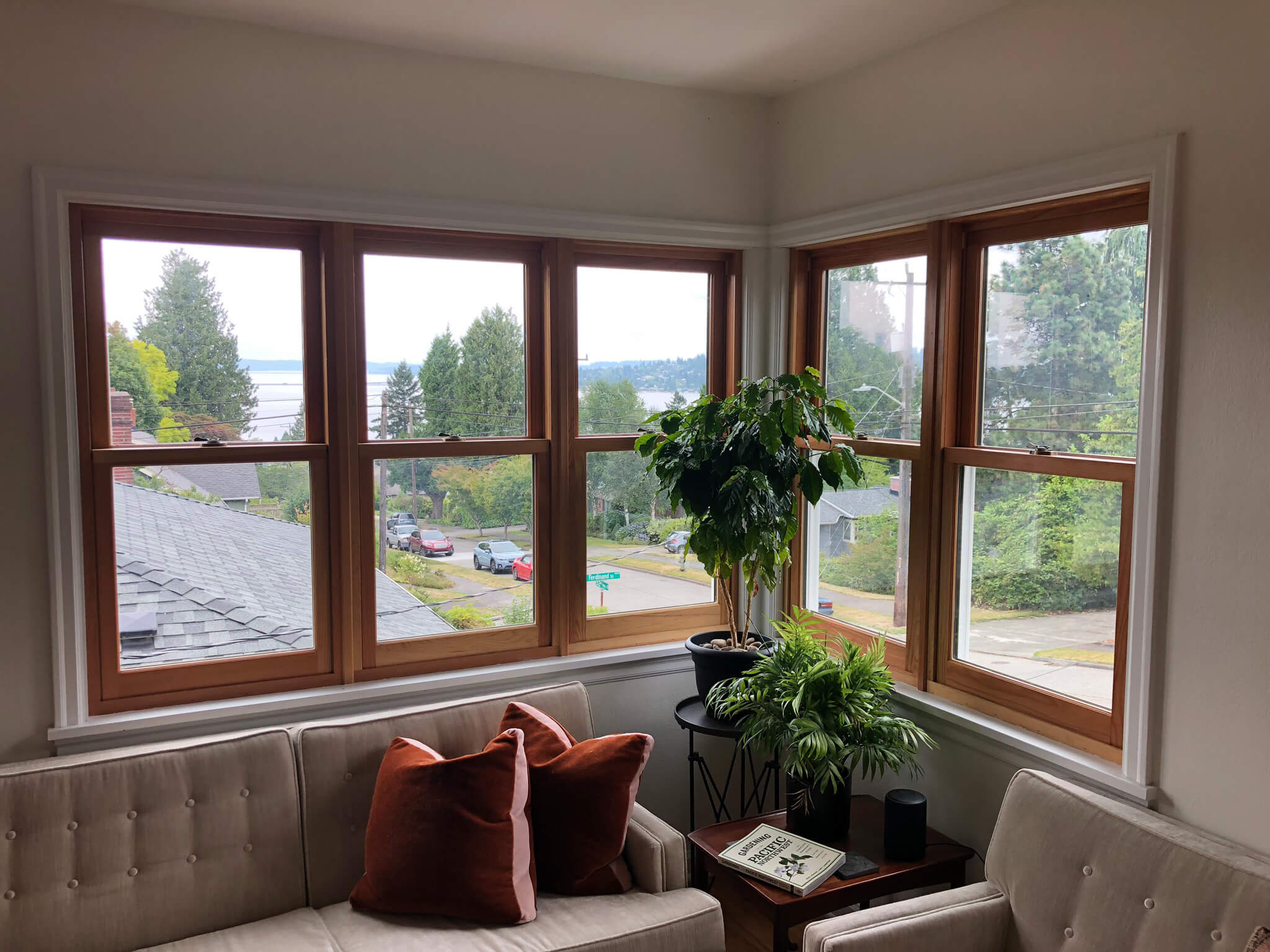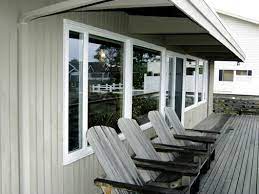There are so many options when it comes to choosing replacement windows in Seattle, WA. That is a good thing, but comparing the different products can quickly become overwhelming. This is especially true when you are trying to find products specifically designed to boost energy efficiency. Luckily, once you understand how to read energy labels, you can compare products based on their energy performance. Here is what you need to know so you can read and understand the energy labels on replacement windows:
Energy Performance Testing and Labeling by the NFRC
The National Fenestration Rating Council (NFRC) is a voluntary program where they test doors, windows, and other construction materials for energy performance. Windows are one of the weakest points in the exterior of the home. They lose and gain heat through direct conduction, heat radiation, and air leaks. With the ratings on energy labels, it is easy to find the most energy efficient products. Here are the ratings to evaluate:
U-Factor
This NFRC rating measures non-solar heat flow for the entire window assembly including the frame, glazing, and spacer material. Measurements range from 0.20 to 1.20. For better product insulation you want windows with low U-factor ratings. For our area, you should specifically look at windows with a U-factor of 0.4 or less.
Solar Heat Gain Coefficient (SHGC)
This rating specifically measures the portion of heat gain that comes from solar radiation. These ratings range from 0 to 1. Here again, the lower numbers mean less heat gets transmitted, which is good for reducing cooling loads in summer. Higher numbers mean more heat gains, which can help reduce energy use in the winter. Determining the optimal SHGC rating for a particular window largely depends on orientation, external shading, and the climate of the home. In northern areas where cooling is not as much of a concern, you should look for a high SHGC rating paired with a low U-factor rating.
Air Leakage (AL)
No window is perfectly airtight, so this measurement shows how much air enters through a product. It is a measurement of cubic feet per minute per square foot of area. It is difficult to measure and can change over time, but still, this can help you compare similar products. Ratings range from 0.1 to 0.3, and the lower numbers allow less air through.
Visible Transmittance (VT)
This shows how well a window allows in natural light. Measurements range from 0 to 1 and lower numbers mean less daylight.
Condensation Resistance (CR)
These range from 1 to 100 and shows how much condensation the window allows. In this rating, the lower numbers actually mean more condensation.
When comparing products for energy efficiency these are the main ratings to be aware of. But if you still aren’t sure about how to read energy labels you can talk to an expert at Signature Window & Door Replacement. Our window professionals can help you compare products and find the right replacement windows in Seattle, WA. Visit us at 22613 68th Ave. S. Kent, WA 98032 or call (253) 887-7792.






